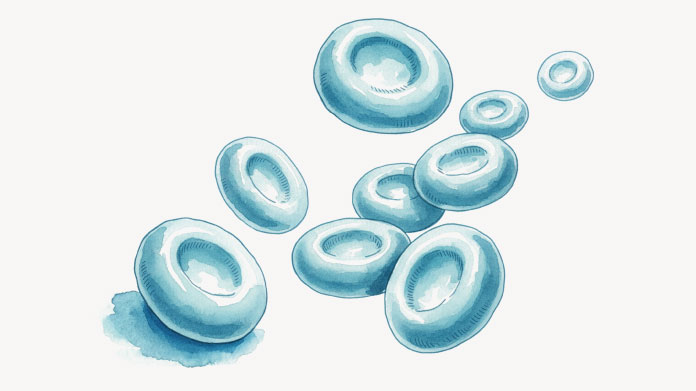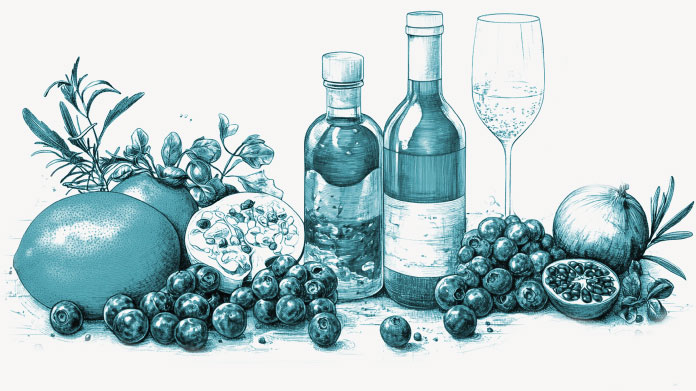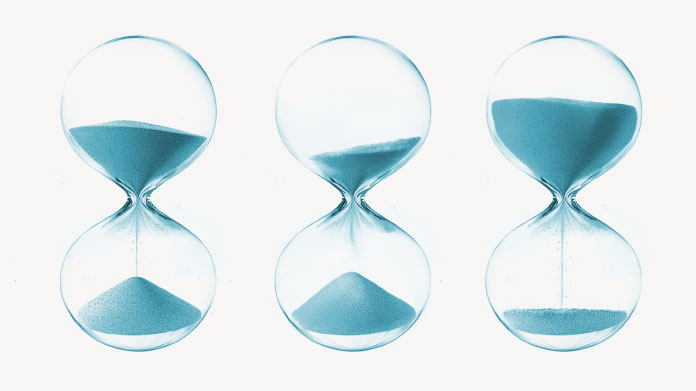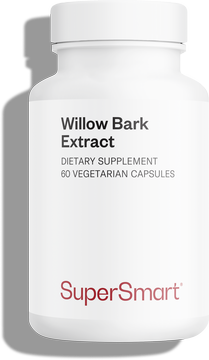Anti-ageing: what can you do to slow down skin ageing?
Did you know it’s possible to significantly slow down ageing of the skin? Here are 6 practical (and natural) techniques for combatting skin ageing.
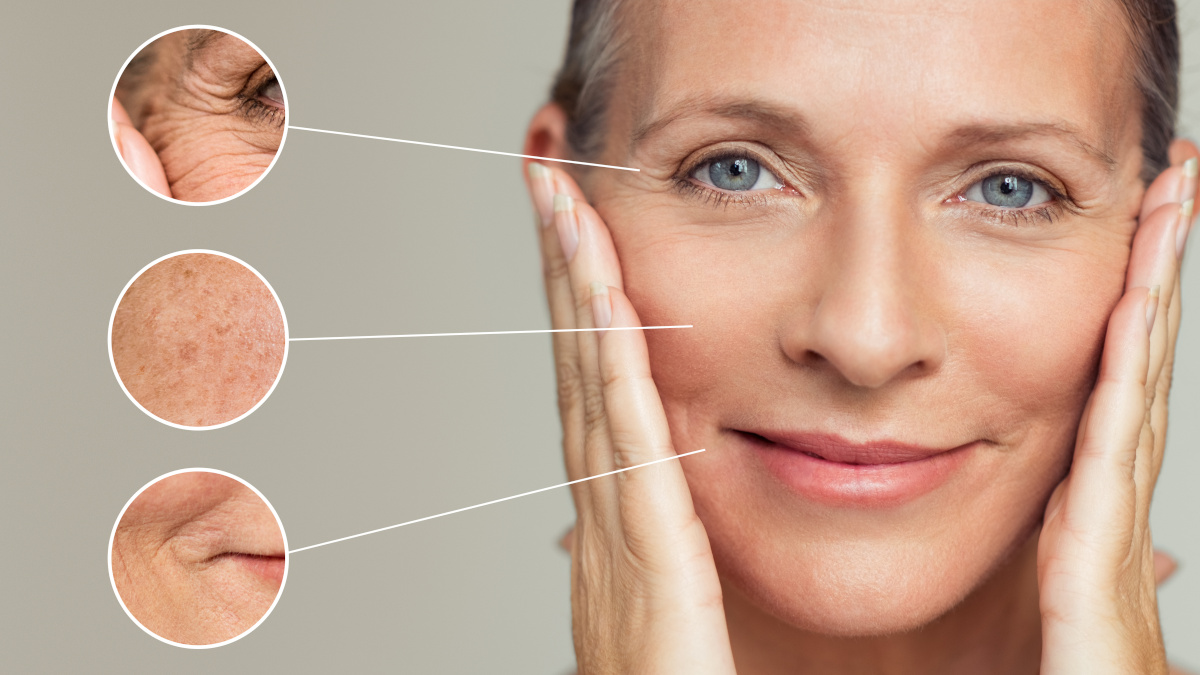
Mechanisms of skin ageing
A complex mechanism which has yet to be fully explained by science, ageing of the skin is primarily due to intrinsic and extrinsic processes (1).
Intrinsic processes are related to genetic and natural criteria: cell renewal gradually slows down, the effect on cells of accumulated oxidative stress accelerates this cell death, certain age-related changes (including the menopause and andropause) impair collagen and hyaluronic acid synthesis, etc.
But collagen, a protein present in tendons, muscles, cartilage, the epidermis, etc, provides elasticity to the skin (2).
And hyaluronic acid forms a kind of cement between skin cells and, with its ability to absorb large amounts of water,hydrates and protects the skin against external aggressors (3).
These intrinsic processes of skin ageing thus result in a loss of skin elasticity and the appearance of fine lines, wrinkles and age spots , as well as a drying effect on the skin (hence some people choose to take supplements such as Marine Collagen and Injuv Hyaluronic Acid to help compensate for these losses).
Extrinsic processes, meanwhile, are linked to external factors which, for the most part, subject skin cells to excessive oxidative stress, and accelerate ageing of the skin (4).
So to fight premature skin ageing, two strategies are required: you need to both minimise any external aggressors, and boost your internal defences.
Protect your skin from the sun
Though it might be very appealing to soak up the sun as soon as the warm weather returns, it’s worth bearing in mind that UV rays damage our skin.
Not only can they generate mutations in DNA and alter gene expression, which eventually leads to skin cancer, but they also stimulate the expression of certain enzymes which damage the extracellular matrix and accelerate collagen breakdown (5).
In fact, the sun is a major extrinsic factor in skin ageing. So by all means sunbathe but do so with the protection of a sunscreen and for no more than two hours at a time.
Astragalosides and skin rejuvenation
A small Asian plant from the Fabaceae family, astragalus is part of the traditional Chinese pharmacopoeia, considered by Asian systems of medicine to be an adaptogen plant.
In fact, over the last 50 years, numerous studies have shown this plant to contain molecules with multiple health benefits: astragalosides, and in particular, astragaloside IV.
This remarkable substance may actually slow down the shortening of telomeres (the tips of chromosomes), thus extending the lifespan of cells. What’s more, in vitro research has shown astragaloside to have antioxidant properties. It also inhibits the formation of advanced glycation end products (6).
All these benefits make astragaloside IV (which you can find standardised to almost 98% in the supplement Astragaloside IV 98%) an excellent aid to combatting oxidative stress and promoting skin rejuvenation (7).
Stop smoking and cut down on alcohol
Recognised as important factors in cellular oxidative stress, smoking and alcohol have terrible effects on the skin.
Every time a smoker takes a puff, 200,000 free radicals are released. In addition to oxidative stress, smoking leads to vasoconstriction – constriction of the blood vessels. As a result, red blood cells are unable to get through to the upper layers of the skin which then lose elasticity, thickness and vitality. Hence smokers tend to have more wrinkles and a duller complexion (8-9).
Worse still, nicotine irritates the sebaceous glands and can cause cysts to develop behind the ears and in the groin.
And there’s no parity between men and women here; women are more vulnerable to smoking-induced skin damage (10).
As for alcohol, excessive consumption depletes the liver, causing general fatigue and slowing down cell renewal.
It also leads to telomere-shortening, thus accelerating cellular ageing.
Lastly, unlike tobacco, alcohol is a vasodilator which means it can cause generalised redness and swelling of the face, resulting in a puffy appearance, etc. (11)
In short, if you want to put the brakes on skin ageing, stop smoking and limit your alcohol consumption.
Vitamins B3 and B8 to support cells
Vitamin B3 is essential to health in that it is involved in numerous mechanisms: metabolism of lipids, maintaining tissue integrity, as precursors of the coenzymes NAD and NADP, etc. Vitamin B3 is thus crucial for a number of metabolic reactions (12).
Vitamin B3 is primarily found in 3 forms: nicotinamide riboside chloride, niacinamide and niacin, recognised for helping to maintain normal, healthy skin (13).
Vitamin B8, also known as biotin, is incorporated by the body in the structure of a coenzyme essential for several metabolic processes: protein metabolism, gluconeogenesis, nervous system function,renewal of skin and hair cells (14) ...
To fight oxidative stress and skin ageing, it’s therefore a good idea to eat plenty of chicken, liver and seafood (you can also supplement with Nicotinamide Riboside Chloride , Niacinamide, or Natural Skin Formula, a supplement that contains biotin, hyaluronic acid, collagen and a number of other beneficial molecules) (15).
Protect your skin from air pollution
As the body’s first line of defence, the skin (along with mucous membranes) forms the foremost barrier against air pollution … … and is thus its first victim, atmospheric pollution being potentially responsible for almost 4 million deaths globally, according to the WHO (16).
The skin is thus under constant attack from tobacco smoke, exhaust fumes, fertilisers, pesticides, etc. which, through bioaccumulation, cause oxidative stress, and as a result, more rapid skin ageing.
It’s therefore crucial to cleanse your skin daily, especially your face, with a mild soap to remove pollutants, and also to apply a protective mask in the morning to prevent bioaccumulation of fine particles in the skin (17).
Turmeric: an antioxidant that’s good for the skin
Used for thousands of years in many traditional systems of medicine (Chinese, Ayurveda, etc), turmeric is recognised as a powerful antioxidant which plays a role in maintaining an effective immune system, the quality of the blood, and the health of the liver, respiratory tract and skin (18).
As such, it constitutes a key element in any strategy to slow down ageing of the skin and support the fight against oxidative stress (you can take our supplement AntiOxidant Synergy, which in addition to turmeric, also contains many other compounds such as resveratrol and glutathione).
References
- PUIZINA-IVIC, N. Skin aging. Acta Dermatovenerologica Alpina Panonica Et Adriatica, 2008, vol. 17, no 2, p. 47.
- MORAGAS, Augusto, GARCÌA-BONAFÈ, Magdalena, SANS, Montse, et al.Image analysis of dermal collagen changes during skin aging. Analytical and quantitative cytology and histology, 1998, vol. 20, no 6, p. 493-499.
- PAPAKONSTANTINOU, Eleni, ROTH, Michael, et KARAKIULAKIS, George. Hyaluronic acid: A key molecule in skin aging. Dermato-endocrinology, 2012, vol. 4, no 3, p. 253-258.
- GUINOT, Christiane, MALVY, Denis J.-M., AMBROISINE, Laurence, et al.Relative contribution of intrinsic vs extrinsic factors to skin aging as determined by a validated skin age score. Archives of dermatology, 2002, vol. 138, no 11, p. 1454-1460.
- GRÖNNIGER, Elke, WEBER, Barbara, HEIL, Oliver, et al.Aging and chronic sun exposure cause distinct epigenetic changes in human skin. PLoS genetics, 2010, vol. 6, no 5, p. e1000971.
- HAO, Ming, LIU, Yu, CHEN, Ping, et al.Astragaloside IV protects RGC-5 cells against oxidative stress. Neural Regeneration Research, 2018, vol. 13, no 6, p. 1081.
- PENG, Li-Hua, CHEN, Xi, CHEN, Lei, et al.Topical astragaloside IV-releasing hydrogel improves healing of skin wounds in vivo. Biological and Pharmaceutical Bulletin, 2012, vol. 35, no 6, p. 881-888.
- YIN, Lei, MORITA, Akimichi, et TSUJI, Takuo. Skin aging induced by ultraviolet exposure and tobacco smoking: evidence from epidemiological and molecular studies. Photodermatology, photoimmunology & photomedicine, 2001, vol. 17, no 4, p. 178-183.
- MORITA, Akimichi. Tobacco smoke causes premature skin aging. Journal of dermatological science, 2007, vol. 48, no 3, p. 169-175.
- https://www.syndicatdermatos.org/peau-et-tabac/
- GOODMAN, Greg D., KAUFMAN, Joely, DAY, Doris, et al.Impact of smoking and alcohol use on facial aging in women: results of a large multinational, multiracial, cross-sectional survey. The Journal of clinical and aesthetic dermatology, 2019, vol. 12, no 8, p. 28.
- SAUVE, Anthony A. NAD+ and vitamin B3: from metabolism to therapies. Journal of Pharmacology and Experimental Therapeutics, 2008, vol. 324, no 3, p. 883-893.
- SUN, Pengfei, QIE, Shuyan, et PAN, Bo. Nicotinamide Riboside will Play an Important Role in Anti-aging Therapy in Humans, Especially in the Face Skin Anti-aging Treatment. Aesthetic Plastic Surgery, 2021, p. 1-3.
- RÉBEILLÉ, Fabrice, RAVANEL, Stéphane, MARQUET, Andrée, et al.Roles of vitamins B5, B8, B9, B12 and molybdenum cofactor at cellular and organismal levels. Natural product reports, 2007, vol. 24, no 5, p. 949-962.
- DATTOLA, Annunziata, SILVESTRI, Martina, BENNARDO, Luigi, et al.Role of Vitamins in Skin Health: A Systematic Review. Current Nutrition Reports, 2020, p. 1-10.
- https://www.who.int/fr/news/item/02-05-2018-9-out-of-10-people-worldwide-breathe-polluted-air-but-more-countries-are-taking-action
- SCHIKOWSKI, Tamara et HÜLS, Anke. Air pollution and skin aging. Current environmental health reports, 2020, vol. 7, no 1, p. 58-64.
- TILAK, Jai C., BANERJEE, Meenal, MOHAN, Hari, et al.Antioxidant availability of turmeric in relation to its medicinal and culinary uses. Phytotherapy Research: An International Journal Devoted to Pharmacological and Toxicological Evaluation of Natural Product Derivatives, 2004, vol. 18, no 10, p. 798-804.
1 Days
The products I use are excel·lent
The products I use are excel·lent
ROSAS Josep Maria
9 Days
Delivery is prompt and I never saw a…
Delivery is prompt and I never saw a quality problem with the manufacturing. It is not possible to assess efficacy on a personal basis, since too many factors come into play. Efficacy can only be assessed statistically with a sufficient number of cases.
Roger De Backer
10 Days
I collaborates with the Supersmart…
I collaborates with the Supersmart more than 10 years. Every thing is going good. Quality of the things is good. Delivery comes in time. Five stars definitely !!!
Oleksiy
10 Days
All good
Simple, frictionless site, easy ordering, good delivery updates and execution.
Chris Robbins
12 Days
I feel better
I feel better
Peter Ammann
12 Days
Prompt delivery
Prompt delivery
JAKUB Radisch
14 Days
My new go-to for top quality supplements!
I am buying more and more of my supplements from this superb, high quality company. Cannot recommend it enough. Plus, excellent customer service with a quick, helpful team and speedy deliveries. Highly recommend Supersmart!
Cecilie H.
17 Days
SUPERSMART WHAT ELSE👍
SUPERSMART WHAT ELSE👍
DIEDERLE Christophe
20 Days
Excellent quality products with…
Excellent quality products with innovative formulas, as someone who has been suffering with acid reflux, these supplements have been lifesavers.
Oriana Moniz
20 Days
high quality supplement!
high quality supplement!
GALANT
21 Days
Good service prompt delivery
Good service prompt delivery
Mrs Marcella Reeves
26 Days
I like your clear explanation
I like your clear explanation. And how to make a choice of products for a specific health problem
Ingrid
32 Days
Great product and it arrives quickly.
Great product and it arrives quickly.
SOMMARIVA Gianni
33 Days
Excellent products and fast service.
Excellent products and fast service. What do we need more?
Margarida
37 Days
The variety of products is amazing
The variety of products is amazing, the offers are good and the sending is very fast. I just miss having a bit more of guidance about combinations, possible interactions, etc.
Maria Angeles Verdu

